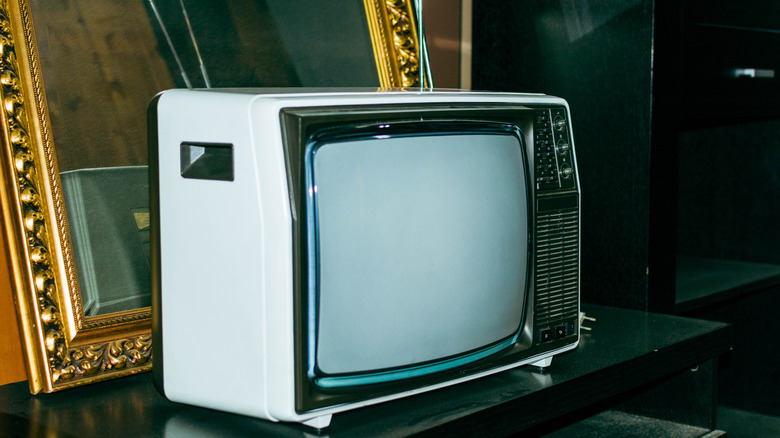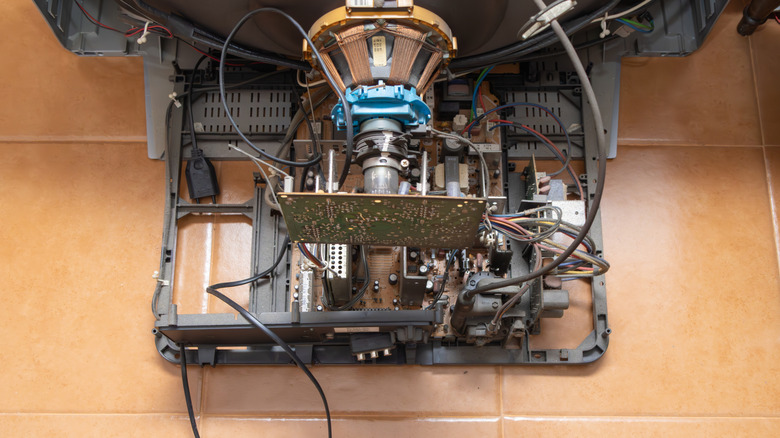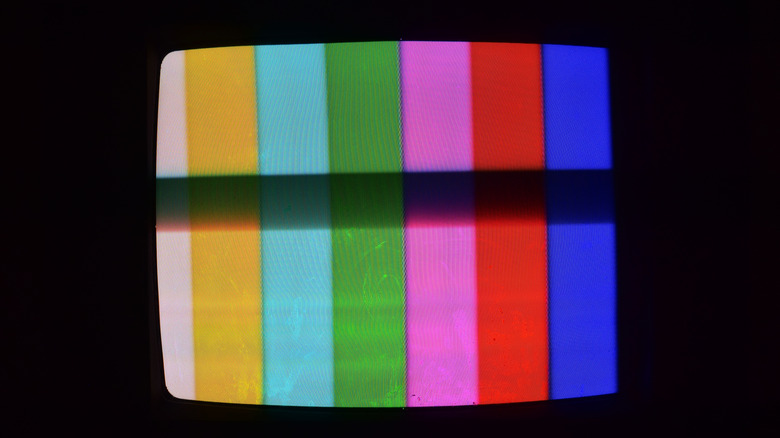How Did Old CRT TVs Work?
The TV landscape is now dominated by sleek displays powered by LED, OLED, and QLED technologies, and yes, OLED and QLED are two distinct technologies. However, CRT TVs were the dominant display technology for most of the 20th century, before their slimmer and more energy-efficient cousins took over. Today, CRTs have been reduced to collector's items and museum pieces, but these TVs and monitors played a massive role in making entertainment and home computing more accessible. Decades after the technology went mainstream, there are still good ways to use an old CRT monitor, like with an older gaming console or Raspberry Pi computer. Philo Taylor Farnsworth built the first working picture tube in 1927, and more than 45 million American households had a TV set by 1960. The rise of affordable CRT- based TVs opened the floodgates for a new form of entertainment, which was more accessible than movies or live theater and more immersive than radio. Mass-produced CRT screens helped give rise to modern broadcast staples like the evening news, late-night talk shows, and prime-time sitcoms.
Modern display technologies work by illuminating individual pixels to create images on a screen made of layers of flat thin plastic and glass, while CRTs used an entirely different approach, bending an electron beam to generate bright spots on a curved screen. Let's look at the interesting tech behind old CRT TVs and how it took some ingenuity to create full-color CRTs.
CRT TVs use an electron beam and vacuum tube
Physicist Joseph John Thomson used a cathode-ray tube to discover electrons in the waning years of the 19th century; CRTs are essentially guns that fire electrons through a vacuum tube. The resulting beam will illuminate a spot when it hits a phosphorous-coated surface and can also be made to change direction when acted on by a magnetic field. While Thomson used these properties to detect and study subatomic particles, CRTs harness these properties for displaying images on a screen.
The beam from the electron gun is projected onto the inside of the screen, and moved rapidly in rows via electromagnetic coils. The scans cover the entire screen in horizontal lines from top to bottom. The intensity of the beam is varied according to the input signal to generate different levels of brightness, making black-and-white TV first on the scene.
As the bright spot is the only illuminated section of the display at any given time, you are actually staring at a mostly dark screen while watching a CRT TV. The rapid scanning makes it impossible to notice the pulses of the electron beam, and your brain perceives the multiple illuminated points of light as a unified image.
Colored CRTs use a genius workaround
An electron beam is colorless until it hits the phosphor (the reactive coating on the inside of the screen); the color we see from the other side is a property of the coatings used. Early CRT TVs were predominantly black and white, however, monochrome CRTs in green and amber were made for the then-niche computer market.
Creating a true full-color CRT was a difficult feat, as phosphor-screen technology was limited to creating white light. It was well known at the time that using primary colors in different proportions could generate other colors, but the task of splitting an image into primary colors and reconstructing it accurately was daunting. Engineers tried using a rotating tricolor disk and combining the outputs from three separate CRTs via prisms, but these designs had their shortcomings.
Finally, three separate electron guns were implemented, each generating a separate primary color on the screen. The phosphor screen in these TVs is made of tiny red, blue, and green dots placed close together in a pattern. A shadow mask is then placed between the electron guns and the screen, which ensures only the desired electron beam illuminates a specific colored phosphor dot.
CRT TVs were big and bulky but offered some nice perks like great contrast and almost zero input lag, which is one reason why CRTs are making a comeback for classic home game console fans.


